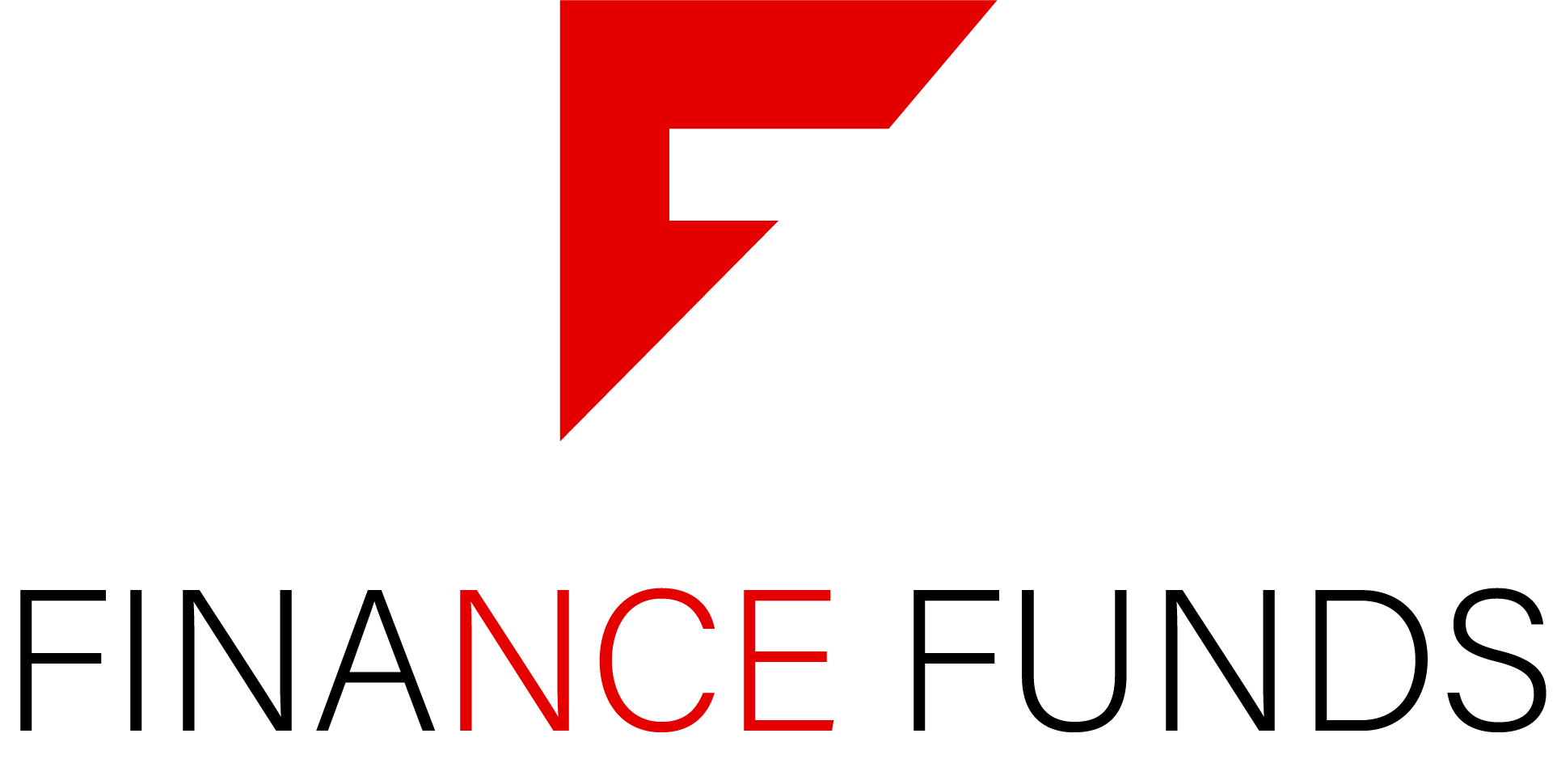Hate buying a car? Join the club! The drama of haggling over prices with the dealer is a
nightmare in itself. But the worst of the battles occurs in the financing phase, where you try to
uncover hidden costs and decide on the right financing options. Do you buy or should you
lease? How do you know which is right for you?
The truth is, there is no easy answer. The decision depends entirely on your personal situation
and preferences. Some people get a kick out of driving new cars, switching vehicles every two
or three years. Others like owning a car for life, or at least until the wheels fall off.
When you buy a car, you pay for the whole cost of the vehicle no matter how many miles you
drive it. You typically give a down payment, pay the sales tax and finance the balance plus
interest.
With a lease you only pay a portion of the car, the portion that you “use” during the time of your
lease. You’re not forced to make a down payment and you pay sales tax only on the amount of
your monthly payments. The dealer may likely ask for a security deposit and tag on additional
fees. You also make your first payment when you sign the contract.
The most obvious difference between leasing and buying boils down to payments, lease
payments are usually less than when you buy the car. The less obvious differences are as
follows.
Buying a car (with a loan) is like using your car as a depreciating savings account. Although
every car payment goes toward paying down the principal on the loan, thus increasing your
equity, so much is lost to depreciation that you really don’t have much to show at the end of
your “investment period”.
Leasing a car eliminates the bulk of this depreciation issue, because after three/four years, you
move on to the next car. You’ve only paid for what you’ve used, instead of absorbing all of the
car’s depreciation.
Sounds like a sweet deal right? It can be, but only if you shop smart. Remember that dealers
will try and squeeze the last possible nickel out of the deal (at your expense or course), so be
prepared.
The best way to defeat any possible dealer scams is to know the true price, or capitalized cost,
of the car you’re going to lease. This includes any fees, taxes, rust proofing, etc. When
reviewing the contract and payment terms, verify that the calculations back into the final price
(net of your trade in or down). Another important item to monitor is the residual value of the car
the dealer lists on the contract. Many dealers squeeze out profit by listing an unfairly low
residual, making the consumer pay more than he should have for his use of the car. Finally,
one of the drawbacks of leasing is that the number of annual miles is usually capped between
12,000 and 15,000 miles. If you drive more than that, you’ll get clobbered in overage costs, so
you may consider buying instead.
Types of Leases
There are two types of leases: Closed-end/walk-away lease and Open-end/equity leases.
With a closed-end lease you return the car to the leasing company at the end of your lease
term and just walk away. If you’ve driven more than the allowed miles, or if the car appears
damaged, you’ll have pay the additional charge.
An open-end lease requires you to purchase the car at the end of the lease for a
predetermined amount. The balance is then financed as a purchase.
Finally, as the price of new cars escalates, more people will be forced to lease. In fact, most
banks won’t finance more than $30,000 on a new car loan. Some auto professionals predict that
within 20 years, everyone will lease their cars.
For today, the decision boils down to this, if you want lower payments, enjoy driving new cars
and are willing to pay a little more over the long run, then you should lease. If you want to be
able to payoff your car, eliminate monthly payments, drive the car indefinitely and are willing to
absorb higher payments and maintenance costs, then you should buy. For additional help on
the number crunching, check out this site:








